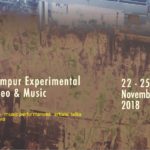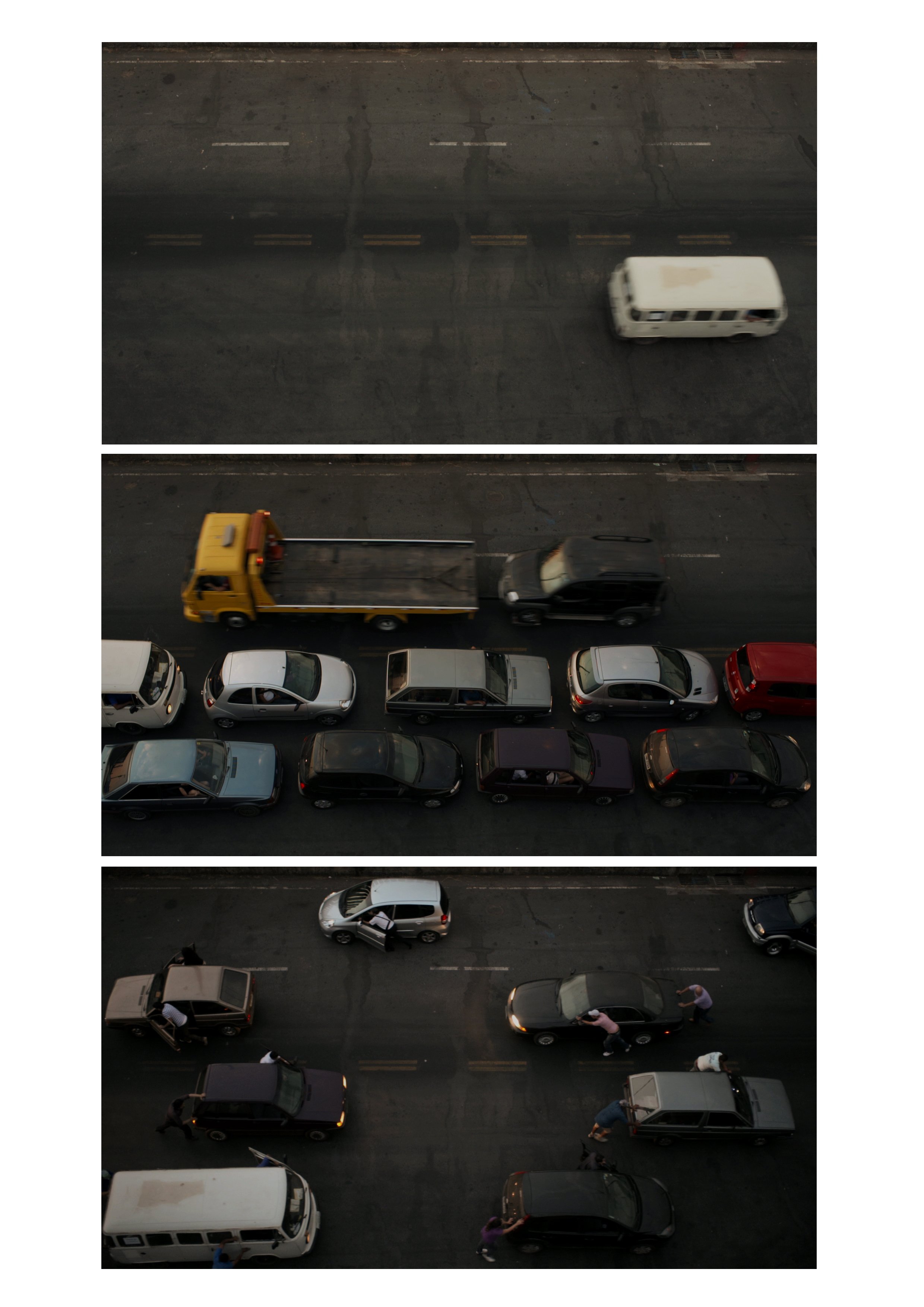Zero
2019 - Film & Video (Film & Video)
5:30 minutes
Luiz Roque
In Luiz Roque’s short film Zero we follow a dog moving alone onboard an aircraft that flies over a vast desert. The dog seems tranquil as if keeping up with its daily routine in an environment in which the human presence is completely absent. The disturbing image of the animal left adrift — perhaps the only remaining living being in existence — is interspersed with the shiny mirrored surface of high-tech skyscrapers emerging out of the sand, in what might have once been an oasis. The continuum is only interrupted by the word ZERO. In times in which emerging technology points to the overcoming of the very concept of the human, the contrast between the desert’s dust, the futuristic skyline, and the lone creature seems like a timely alert to the environmental and social consequences of much of the political and economic choices of the 20th century. The film suggests an inevitable return to a sort of ground zero of the species, whatever this might be. The inconclusiveness of its plot makes us wonder about extinction, whether it concerns either the disappearance of the human race itself or perhaps of the cultural construct that we call “human civilization”.
Brazilian artist Luiz Roque’s production consists largely of short duration open-ended cinematic narratives, in which he places mysterious characters (either gender-fluid dancers, famous drag queens, animals, landmark modernist buildings or historical artworks) creating dreamlike and sci-fi atmospheres. Roque’s sets unfold through suspended time and are at once prehistoric and dystopic, familiar and odd. To compose his visually engaging and well-chiseled allegories, he relies on different film formats and cinematography techniques (HD, super-8,16mm, etc), as well as original soundtracks to address pressing issues such as queer-bioethics, the legacy and the failure of modernism, the cultural overstimulation of the 21st century, and the problematics of automation and artificial intelligence. His films may be fantastical, but they fall far from an escapist fantasy.
Colors:
Related works sharing similar palette
» see more

© » KADIST
Lenka Clayton and Phillip Andrew Lewis
2022Five Hundred Twenty-Four, a single-channel video installation by Lenka Clayton and Phillip Andrew Lewis, features singers from over twenty Cleveland-area choirs counting numbers in an iterative process: one person sings “one”, then two people sing “two”, and so forth, to 524...

© » ARTS EQUATOR
Weekly Picks: Malaysia (19–25 Nov 2018) | ArtsEquator Thinking and Talking about Arts and Culture in Southeast Asia Weekly To Do November 19, 2018 KLEX 2018: Translucence , at various locations, 22–25 Nov An independent artist-run grassroots international festival of experimental film, video art and music...

© » ARTS EQUATOR
Weekly Southeast Asia Radar: Art in the time of COVID-19 and more | ArtsEquator Thinking and Talking about Arts and Culture in Southeast Asia ArtsEquator Radar Via Philippine Daily Inquirer March 19, 2020 ArtsEquator’s Southeast Asia Radar features articles and posts about arts and culture in Southeast Asia, drawn from local and regional websites and publications – aggregated content from outside sources, so we are exposed to a multitude of voices in the region...
Related artist(s) to: Luiz Roque » Cinthia Marcelle, » Koenraad Dedobbeleer
» see more

© » KADIST
Cinthia Marcelle
2012Cinthia Marcelle’s video work Automóvel (2012) re-edits the mundane rhythms of automotive traffic into a highly compelling and seemingly choreographed meditation on sequence, motion, and time...
Related works found in the same semantic group
» see more

© » KADIST
Kota Ezawa
2002The Simpson Verdict is a three-minute animation by Kota Ezawa that portrays the reading of the verdict during the OJ Simpson trial, known as the “most publicized” criminal trial in history...




